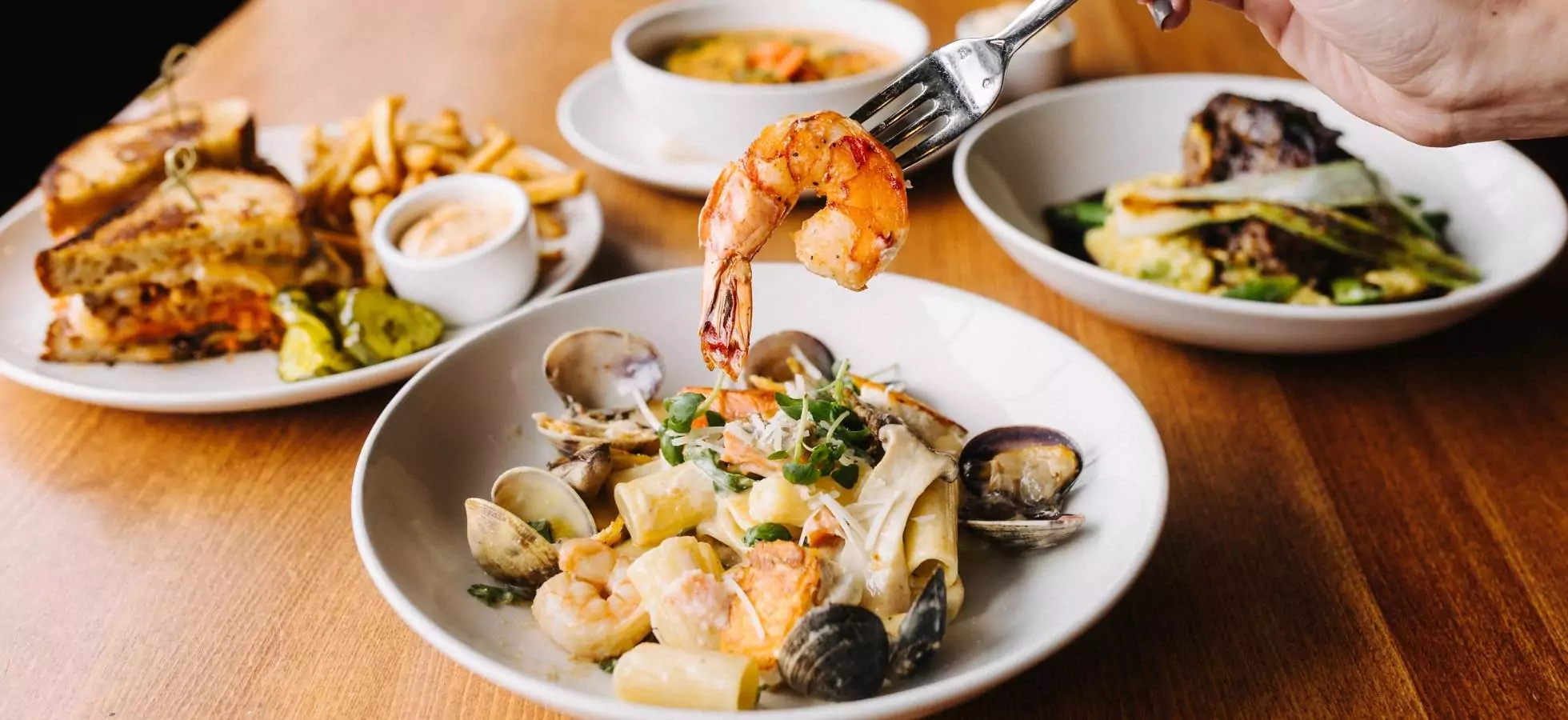The Allure of the Ocean: A Deep Dive into the World of Seafood

There’s something undeniably magical about seafood. Whether it’s the salty scent of the sea that clings to fresh oysters or the sizzling sound of shrimp hitting a hot pan, seafood evokes an entire sensory experience. It's not just food—it's a journey through cultures, traditions, health, and sustainability. As consumers become more mindful of what ends up on their plates, seafood has stepped into the spotlight as both a culinary delicacy and a beacon of responsible eating—if approached wisely.
A Global Culinary Staple
From the sushi counters of Tokyo to the paella pans of Valencia, seafood plays a starring role in countless cuisines around the world. In coastal regions, it’s more than a meal—it’s a way of life. Families gather over fish stews in Portugal, grill whole branzino in Greece, and crack crabs in the Chesapeake Bay. The methods may vary, but the appreciation for the ocean’s bounty is universal.
What makes seafood so appealing to chefs and home cooks alike is its versatility. Delicate white fish like cod or halibut can be steamed or pan-fried for a clean, flaky finish. Oily fish such as salmon or mackerel shine when grilled or roasted, their natural fats enhancing flavor and moisture. Then there are shellfish—shrimp, scallops, mussels, clams—each offering unique textures and tastes, begging for garlic, butter, and a splash of white wine.
Even within a single type of seafood, preparation can drastically change the experience. Take tuna, for example: raw in a poke bowl, it's bright and buttery; seared rare, it becomes a steak-like centerpiece. And then there’s smoked salmon, which offers a salty, savory hit perfect for bagels, salads, or eggs.
Health Benefits That Go Beyond Taste
Seafood is not just delicious—it’s a nutritional powerhouse. Rich in lean protein, omega-3 fatty acids, vitamins (like D and B12), and essential minerals like zinc, iodine, and selenium, it’s no wonder that health organizations recommend eating fish at least twice a week.
Omega-3s in particular are crucial for heart and brain health. They reduce inflammation, support cognitive function, and have even been linked to improved mood and reduced symptoms of depression. Fish like salmon, sardines, trout, and anchovies are especially high in these beneficial fats.
For those looking to maintain a healthy diet without sacrificing flavor, seafood offers an excellent balance. Grilled fish with herbs and lemon, shrimp and vegetable stir-fry, or even a hearty seafood soup can deliver satisfying meals that are as good for the body as they are for the palate.
Sustainability: Navigating the Waters Responsibly
With the rise of seafood’s popularity comes an important question: how do we enjoy seafood without depleting our oceans?
Overfishing, destructive fishing practices, and climate change have put immense pressure on marine ecosystems. That’s why sustainability must be at the core of any conversation about seafood.
Fortunately, many organizations and fisheries are working toward solutions. Certifications like the Marine Stewardship Council (MSC) and Aquaculture Stewardship Council (ASC) help consumers identify sustainably sourced products. Fish farms—when responsibly managed—can also offer eco-friendly alternatives to wild-caught species.
As a consumer, being informed makes a big difference. Websites like Seafood Watch offer up-to-date guides on what’s sustainable in your region, taking the guesswork out of shopping. In general, opting for smaller, fast-reproducing fish like sardines, mackerel, and herring is a safer ecological bet than large, long-lived species like swordfish or tuna.
Tips for Cooking Seafood at Home
Cooking seafood can feel intimidating—especially if you're used to more forgiving proteins like chicken or beef. But with a few basic tips, anyone can become confident in preparing it:
- Fresh is Best: Look for clear eyes and a clean, briny smell in whole fish. Fillets should be firm, moist (but not slimy), and without any fishy odor. Frozen seafood is a great option too—just make sure it's high quality and defrosted properly.
- Don’t Overcook It: Seafood cooks quickly, and even a minute too long can result in dry, rubbery textures. As a rule of thumb, fish should flake easily with a fork and shellfish should be just opaque.
- Keep It Simple: Let the seafood shine. A drizzle of olive oil, a squeeze of lemon, fresh herbs, garlic, or a dash of chili can go a long way. A good sear or grill adds flavor without the need for heavy sauces.
- Try Something New: Don’t stick to the same salmon fillet every week. Explore different textures and tastes. Maybe swap in some mussels with white wine and parsley, or try a Thai-inspired coconut shrimp curry.
- Pair with Intention: Seafood pairs beautifully with crisp white wines, citrusy beers, or even a good sake. Complement your dish with grains, fresh vegetables, or bright, acidic salads.
Seafood and the Future of Food
As the world grapples with feeding a growing population, seafood may play a key role in a more sustainable food future. Properly managed wild fisheries and innovations in aquaculture could help meet protein demands with a smaller environmental footprint than land-based livestock.
Algae- and plant-based seafood alternatives are also gaining traction, offering another layer of choice for those seeking environmentally-friendly options without sacrificing taste.
Still, the future relies heavily on consumer awareness. Supporting responsible fisheries, reducing food waste, and being open to underutilized species can help shift demand toward a healthier ocean.
Final Thoughts
Seafood isn’t just a dish—it’s a story of culture, health, sustainability, and flavor. Whether you’re enjoying a lobster roll by the beach, grilling sardines in your backyard, or experimenting with a new ceviche recipe, there’s always more to explore beneath the surface.
So next time you’re at the fish counter or dining out, ask questions. Try something new. And above all, savor the gift of the sea—mindfully, deliciously, and with curiosity.
